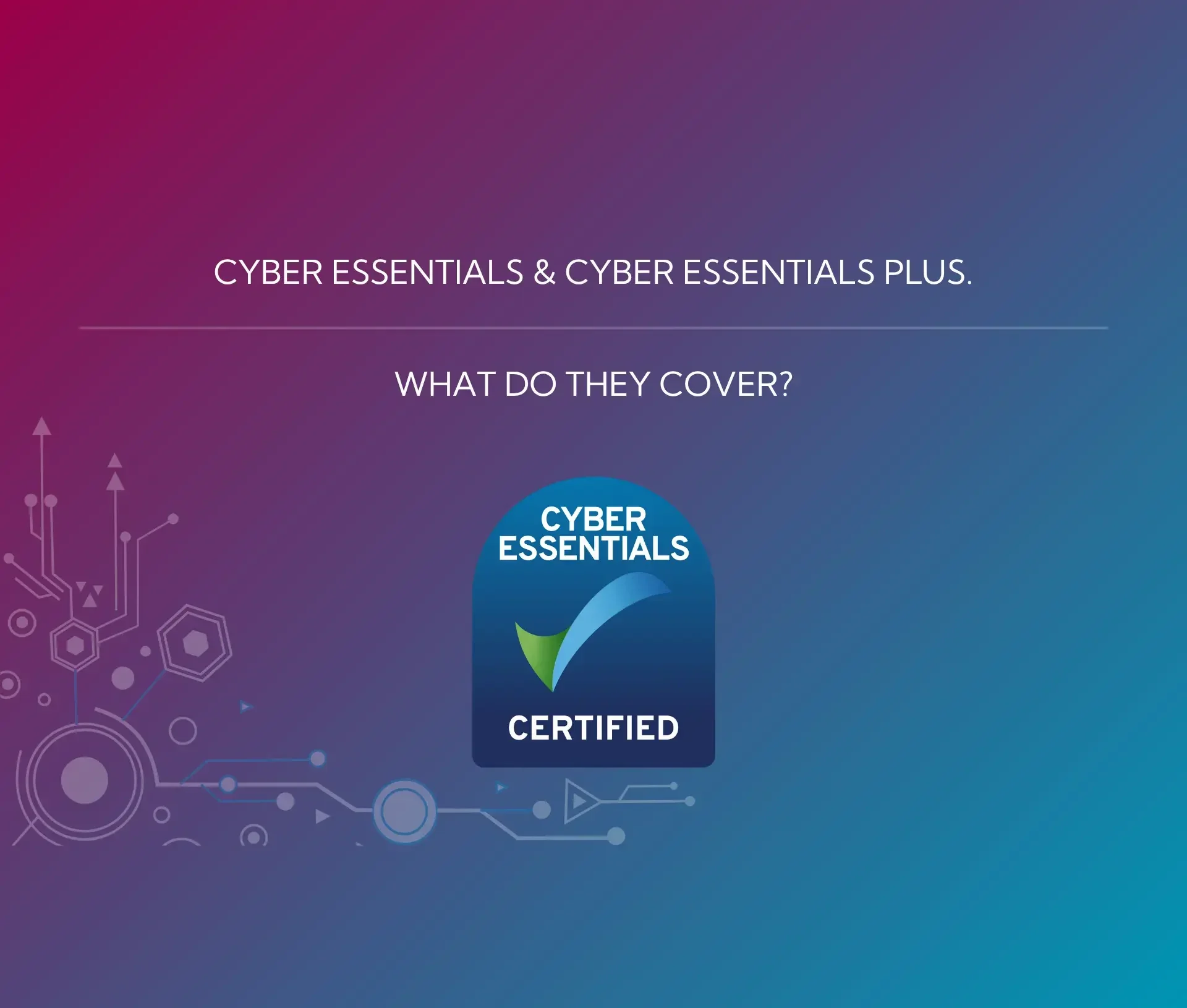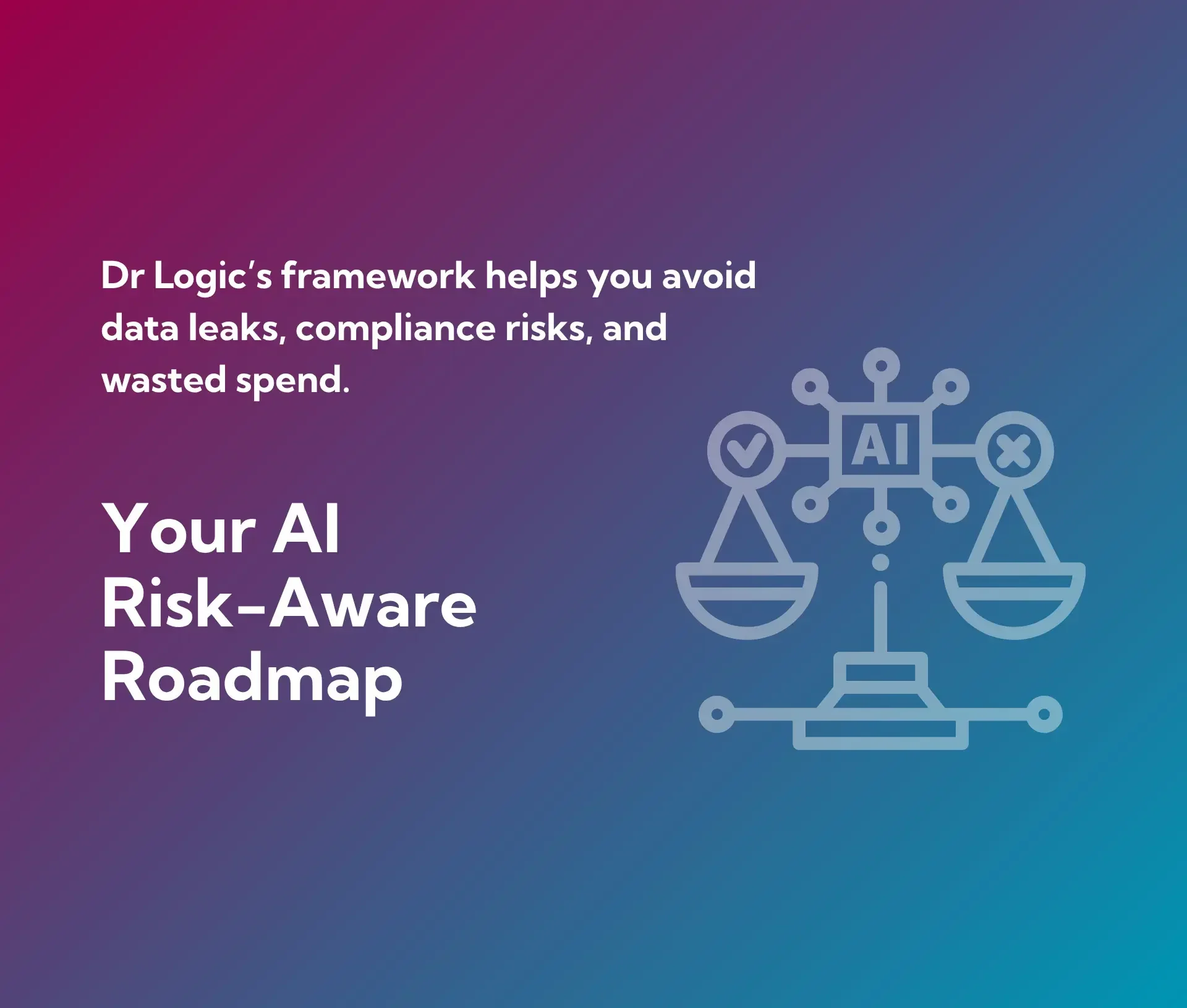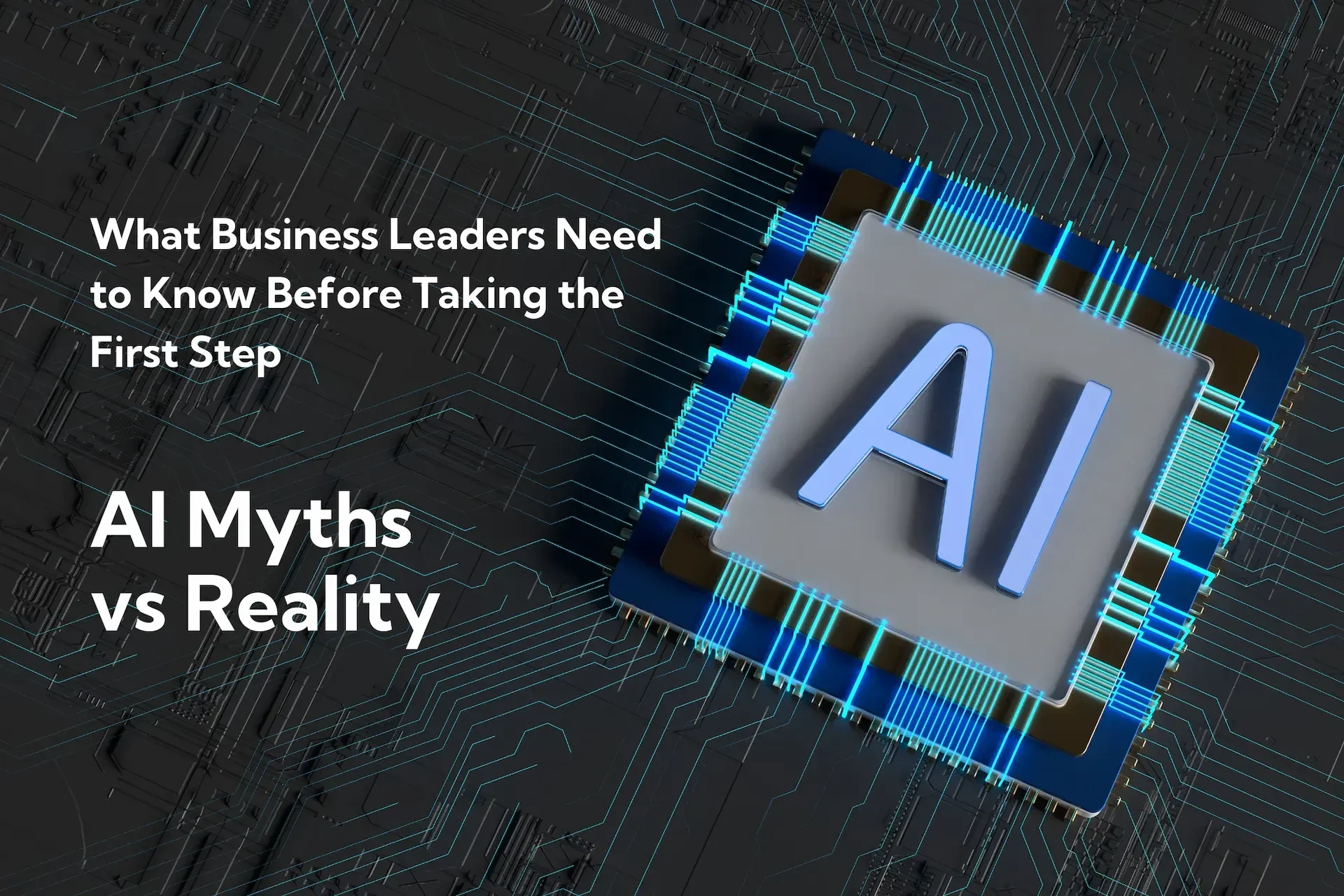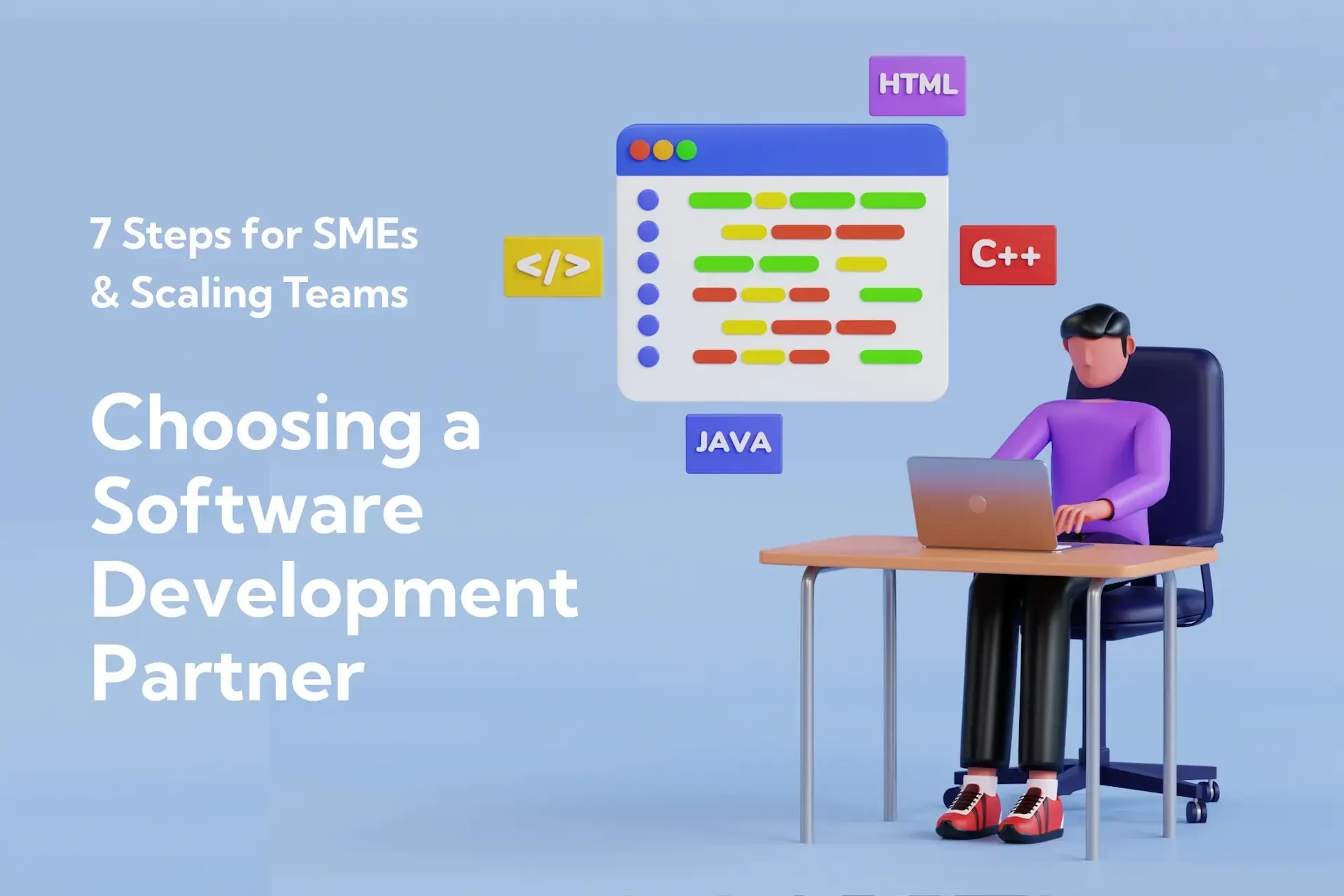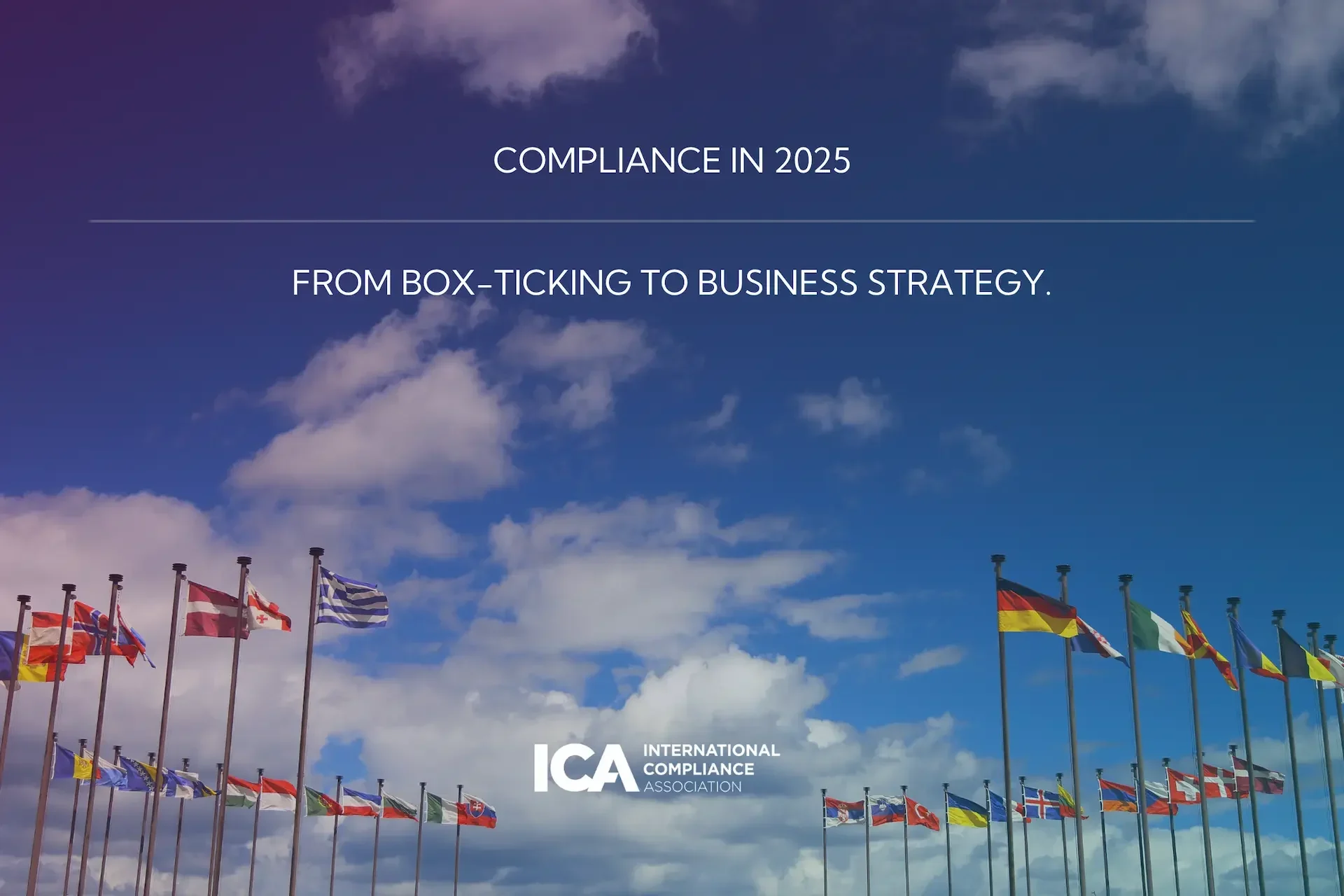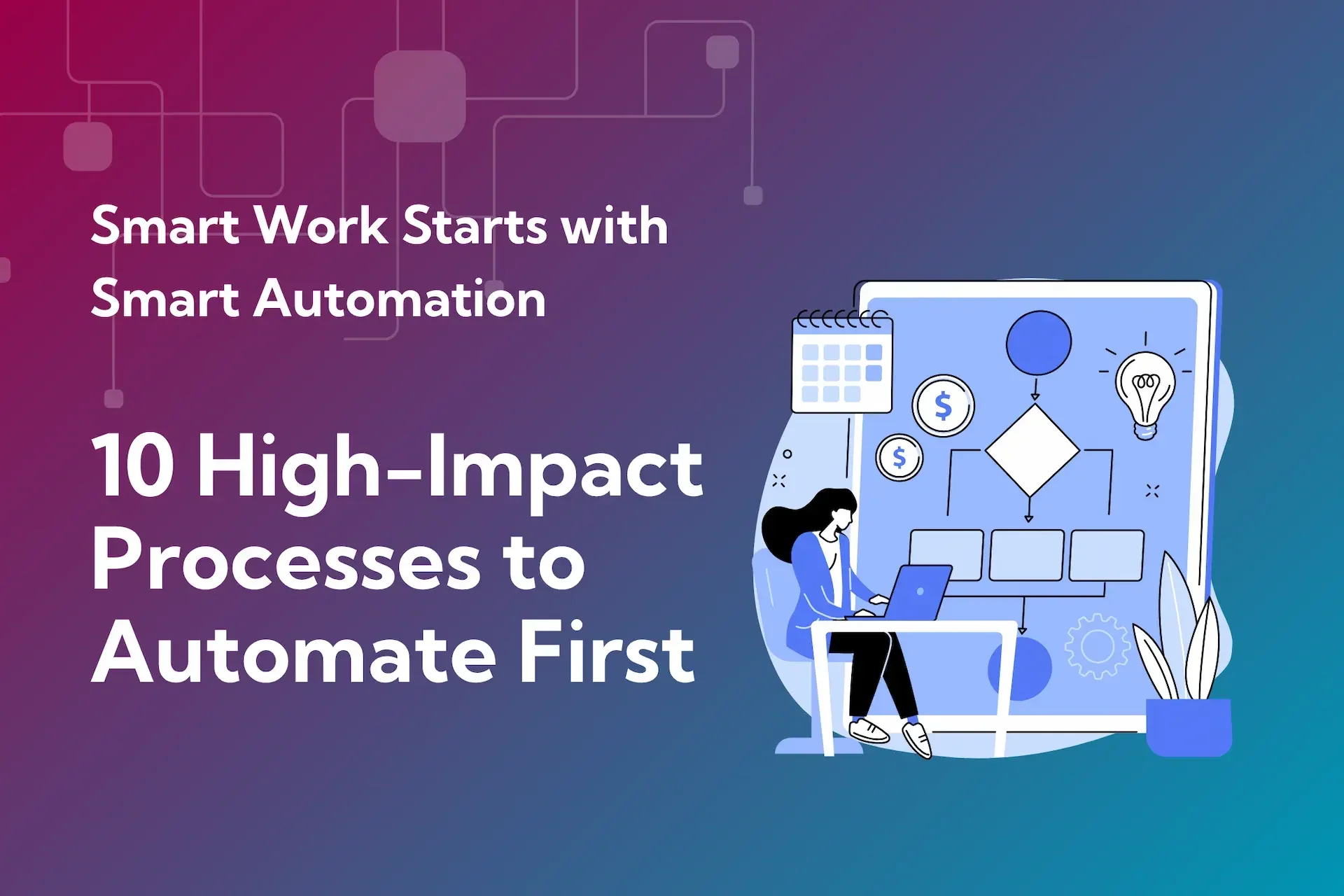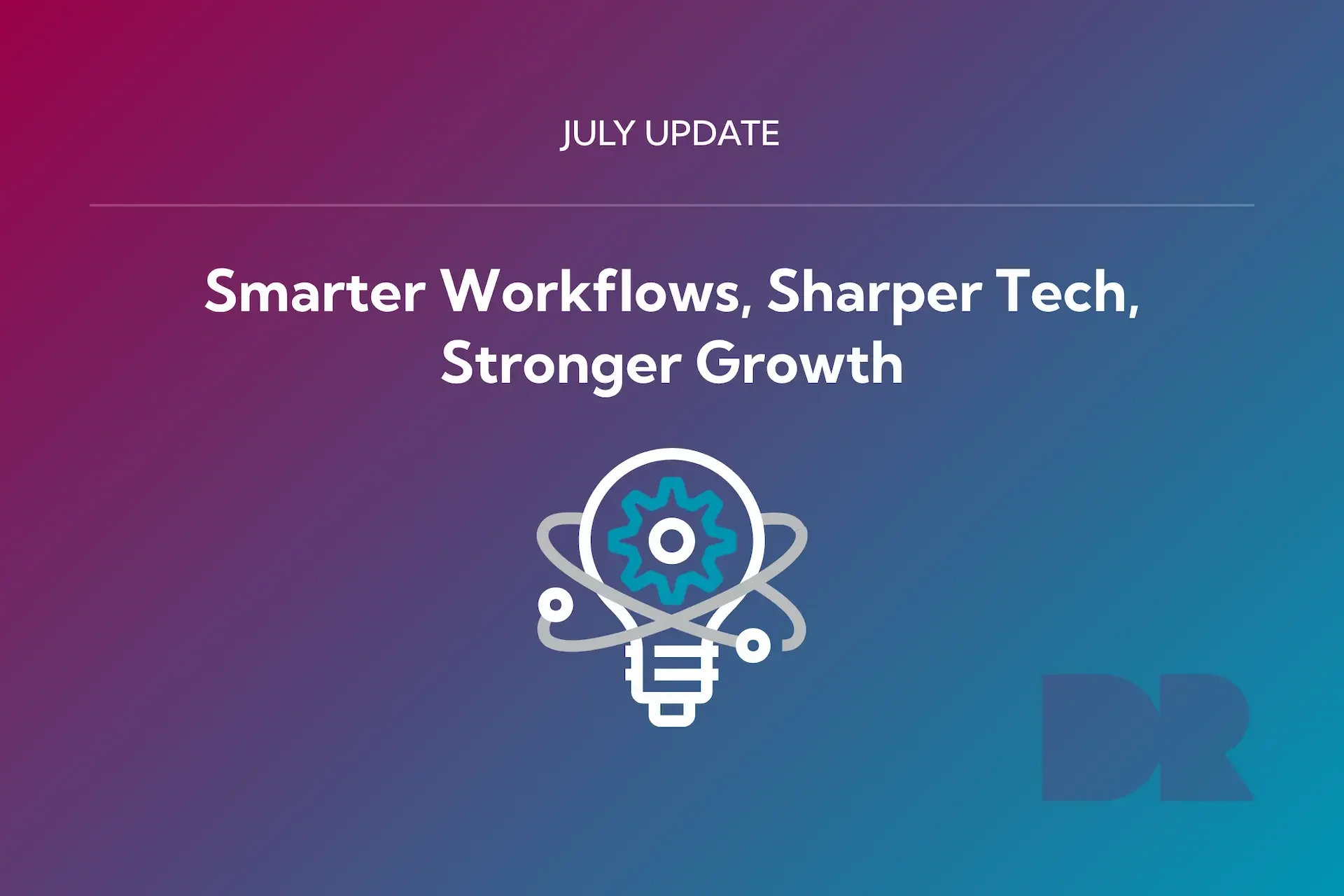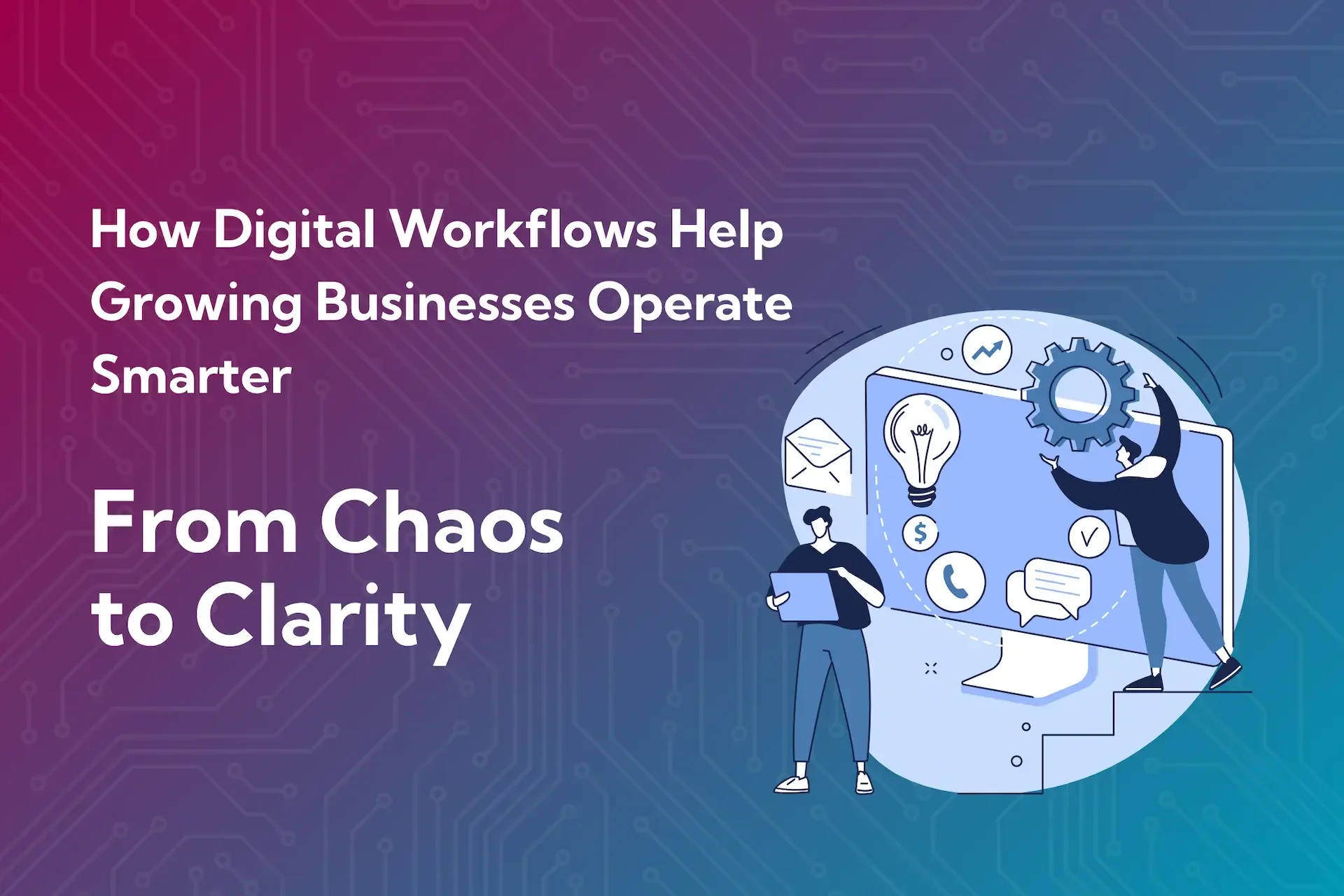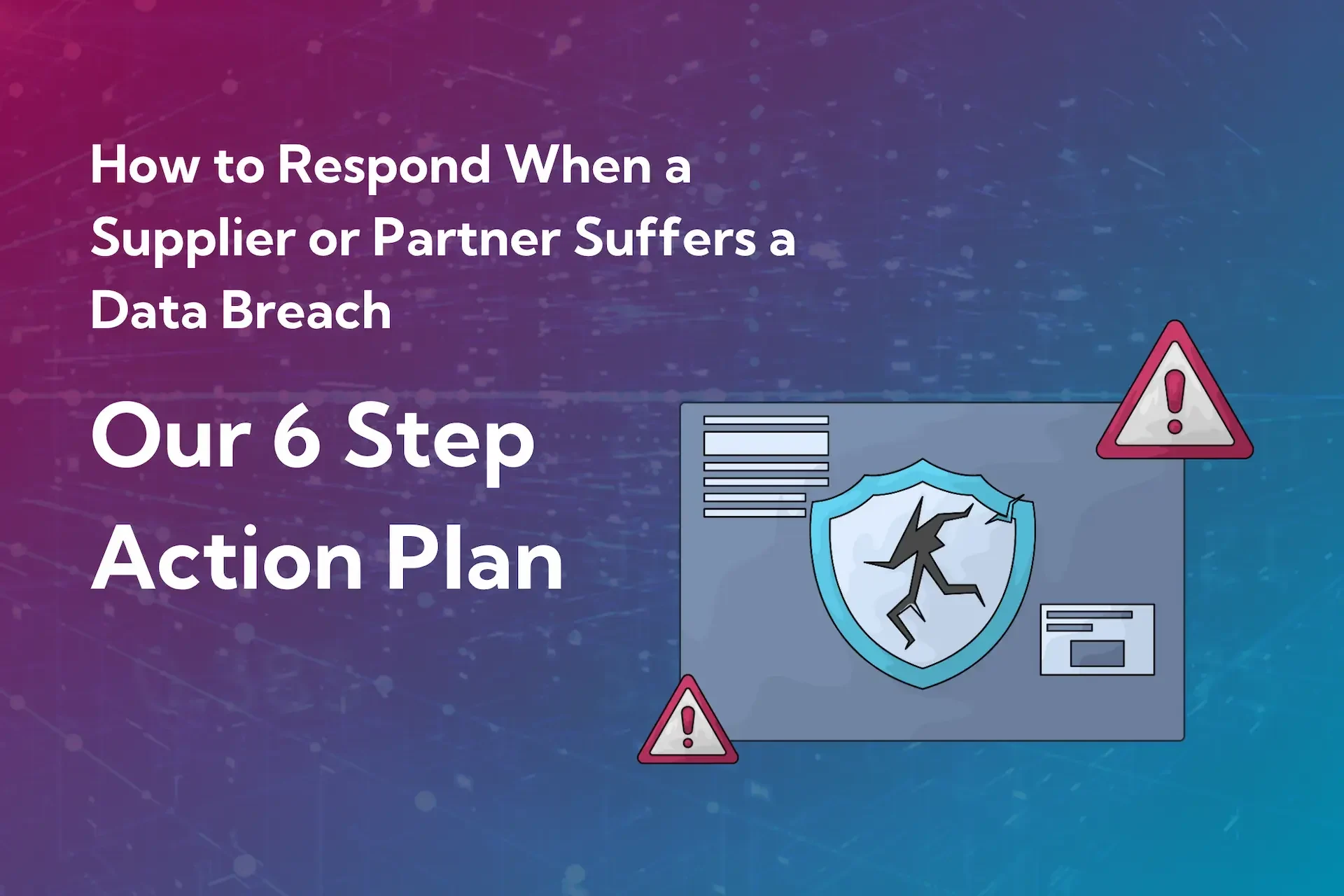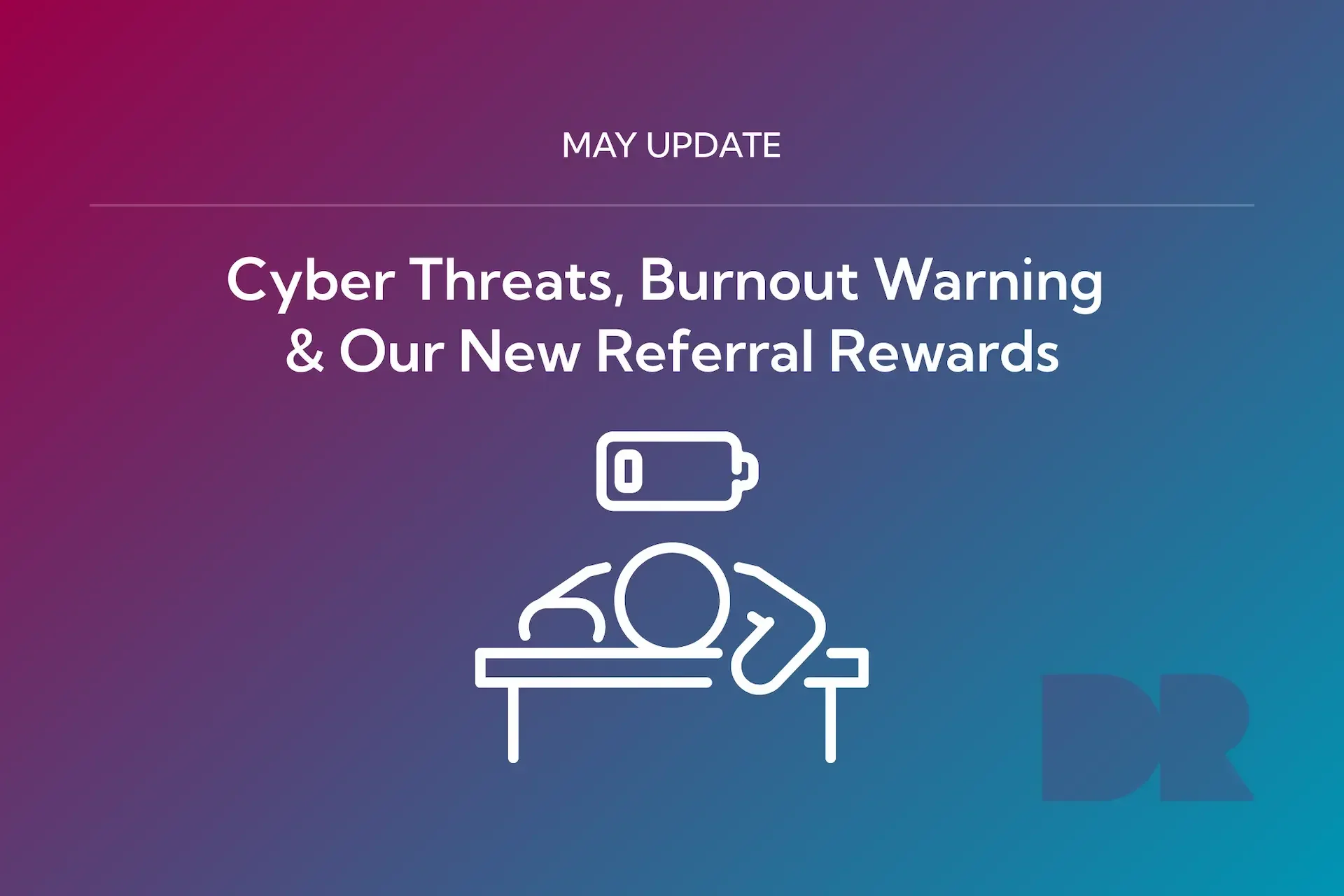A practical playbook for IT transformation – with insights from the frontline.
Stepping into a new CIO role often means inheriting outdated systems, low trust, and misaligned priorities. Here’s how experienced CIOs reset the strategy – and why more are partnering with virtual CIO services to drive change fast.
1. Assess the IT Landscape
When a new CIO steps in, the instinct is to act fast. But jumping into solutions too quickly can backfire. What looks like chaos might have been shaped by past constraints: budget pressures, legacy tools, or shifting business priorities.
That’s why at Dr Logic, we start with understanding, not assumption. Our IT Health Audit is a key part of every Virtual CIO engagement. It provides a clear snapshot of:
- Infrastructure maturity
- Cyber security posture
- Technical debt
- Stakeholder alignment
- Current service levels
Using this audit, new CIOs can immediately separate noise from real risk and start building from a solid foundation.
2. Listen to the Business First
The smartest first move isn’t technical. It’s relational.
Before making changes, talk to department heads, end users, and leadership. You’ll uncover frustrations that aren’t just about the tech – they’re often about trust, process gaps, or miscommunication.
Start here, and you’ll:
- Uncover hidden blockers
- Earn credibility early
- Align IT with real business goals
Dr Logic’s Virtual CIOs often run stakeholder workshops in the first 30 days to fast-track these conversations and identify quick wins that build trust.
3. Secure the Right Support
No one does it alone.
Whether you’re a full-time hire or an interim leader, you need a sounding board. That’s where we come in. Dr Logic provides not just Fractional CIO support, but also transformation leadership and ongoing strategic guidance – tailored to your first 90 days and beyond.
Here’s how the right support can set you up for success:
Virtual CIO Support and Quarterly Business Reviews
Our Virtual CIO service gives you a strategic partner without the overhead of a full-time hire. Through Quarterly Business Reviews (QBRs), we:
- Benchmark your IT performance against business goals
- Identify risks and opportunities for improvement
- Provide a clear roadmap for your next quarter of IT priorities
- Ensure IT continuously aligns with your business growth plans
Transformation Leadership
Big changes need careful execution. Dr Logic can lead or co-pilot your IT transformation, helping you:
- Modernise legacy infrastructure and cloud systems
- Introduce new tools and workflows without disrupting operations
- Build an IT roadmap that prioritises both quick wins and long-term innovation
Ongoing Strategic Advice
Once your foundation is set, continuous guidance keeps your IT strategy resilient. We:
- Monitor evolving risks, from cybersecurity to vendor performance
- Advise on new technologies or solutions to enhance productivity
- Act as your sounding board for board presentations and budget planning
Other Support Sources
In addition to a Virtual CIO partner, effective new CIOs often lean on:
- Trusted vendors – for up-to-date insight into your existing tools and services
- Specialist IT consultants – to tackle niche projects like cybersecurity audits or cloud migrations
- Peer CIO networks – for fresh perspectives and lessons learned from leaders in similar industries
Fresh perspectives help you avoid blind spots, accelerate decision-making, and build credibility fast.
4. Learn from the Past – Carefully
If your predecessor left on good terms, a short handover can help you understand:
- Projects already in motion
- Undocumented decisions
- Context that isn’t in the paperwork
But tread carefully. Avoid being pulled into legacy loyalties or internal politics. Your job is to lead the next chapter with independence and clarity.
5. Avoid the Common Missteps
We’ve seen even experienced leaders fall into these traps:
- Acting before listening
- Over-promising to the board too early
- Focusing only on tech, not the people or processes behind it
The fix? Slow down just enough to listen, map the true baseline, and set clear expectations.
6. Define What Success Looks Like
A successful new CIO doesn’t just fix problems. They:
- Align IT with business goals
- Build credibility quickly
- Drive a scalable, secure, and reliable IT function
- Create momentum for long-term innovation
Whether you’re in-seat or working with a virtual CIO partner (like Dr Logic), the goal is the same: transform IT from a cost centre to a strategic enabler.
Ready to Fix the IT Mess You’ve Inherited?
If you’ve just stepped into a CIO role and need to hit the ground running:
- Book an IT Health Audit
- Speak to our Virtual CIO team
- Start turning your IT from a blocker into a business driver
Talk to us about Virtual CIO support.
FAQs
What should a new CIO do in their first 90 days?
Focus on understanding the existing IT environment, meeting stakeholders, and identifying strategic priorities. Start with an IT health audit to assess risks, technical debt, and infrastructure gaps before making big changes.
How can a CIO assess the health of an inherited IT environment?
A structured audit is the most effective approach. At Dr Logic, we use our IT health audit to evaluate infrastructure maturity, security posture, service quality, and stakeholder alignment – helping CIOs diagnose problems early.
When should a CIO bring in external IT support?
If internal capacity is limited or the business needs fast transformation, it makes sense to bring in external support. Many CIOs work with Virtual CIO partners like Dr Logic to get strategic guidance without expanding the permanent team.
What is a virtual CIO and how can they help?
ons and identify quick wins that build trust.A Virtual CIO (vCIO) is a senior IT leader who provides strategic direction on a fractional basis. They help with IT roadmaps, digital transformation, vendor management, and aligning technology with business goals – especially useful during leadership transitions.
What are common mistakes new CIOs should avoid?
Acting too quickly, ignoring business input, over-promising to the board, and focusing only on technology instead of people and processes are all common pitfalls. A successful CIO listens first and builds a clear, collaborative plan for change.











